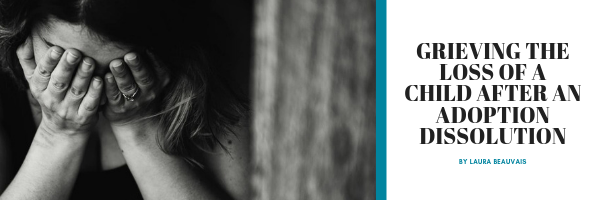Adoptive families know that therapy will benefit their child, but it can be difficult to know where to turn. Maybe you thought it was called “counseling” but then you started to see words like “trauma-focused” or “eye movement desensitization” or question the effectiveness of art/animal/music/sand in therapy. We’ve created this guide below to find the […]










